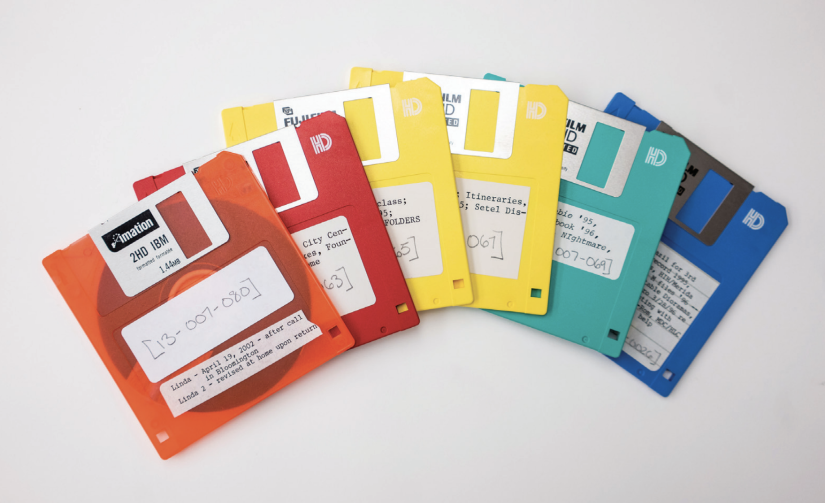Challenges and Strategies for Collecting, Describing, and Maintaining Digital Artifacts
How do we document information conveyed using email, communicated through a text message on a smartphone, created on a Word document, stored on a thumb drive or shared on a website or social media? This information, produced in a computer environment and requiring specific hardware or software to understand it, is referred to as born digital. Created using digital devices or software, born digital items can include email, videos, digital photographs, music, social media posts, ebooks, and digital artwork.
Protocols and procedures have been in place for collecting and maintaining the written word for decades; however, advancements in technology present new challenges for interpreting and preserving born digital information. One of the many complexities of a digital vs. analog world is the need of a compatible device to read and understand saved information. Once the material has been deciphered, the next hurdle is to determine how best to record, describe and preserve that information to make it accessible for future use.
Unlike paper documents, all digital formats need computer technology to read and interpret them. When UB’s Division of University Communications donated a collection of historical photographs spanning the years 1986- 2007, the photos arrived in a filing cabinet filled with old Kodak Photo CDs.
“Many of the images were in a proprietary PCD (photo CD) format,” says Grace Trimper, digital archives technician. “We were able to read the CDs but could not open or view the image files using the software we already had.” Since a reader for Kodak CDs was obsolete, the digital preservation team in the University Archives had to decide how to transfer the images from the old format to a new, stable system. “We ended up using open source software to convert the files to a stable preservation format before uploading them to our digital preservation system,” notes Trimper.
Eventually the team opened and previewed over 17,000 files. The existing descriptions provided by the Division of University Communications were further enhanced by the research of Archives staff. The images were then uploaded into Preservica, a digital preservation system, making these photographs available for anyone to view.
Due to rapidly evolving technology, this is an area of continual growth in libraries, necessitating training and expertise to record born digital information safely and accurately. In a digital world, the learning never stops for the University Archives digital preservation team as they study the nature of born digital materials and formulate strategies and tactics to describe, manage, organize and preserve each new generation of technology.
Tips for preserving your digital files
When naming a file, be consistent, be descriptive, include the date of creation, use fewer than 25 characters, and avoid special characters. Keep your files arranged in an organized file directory with descriptive folder names.
